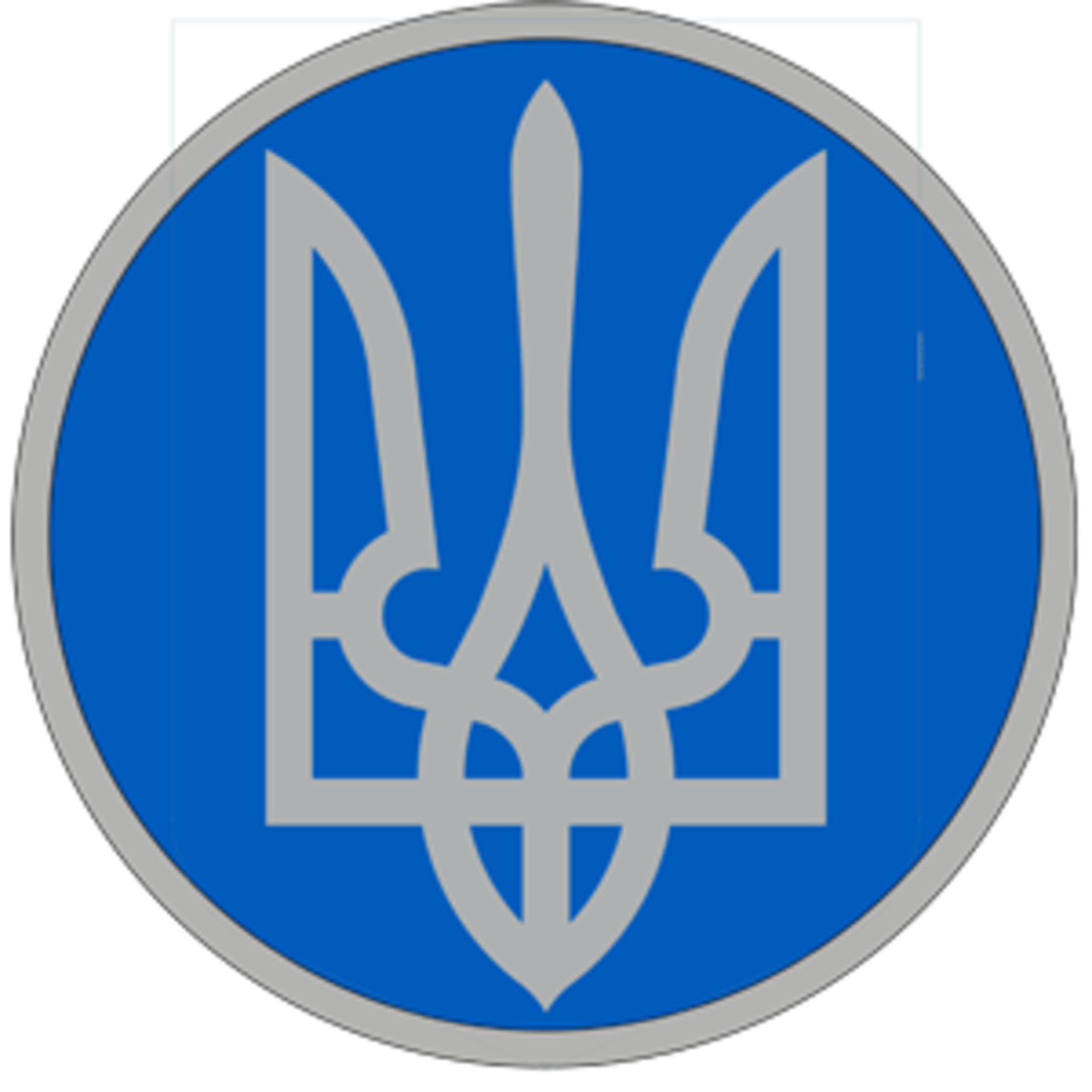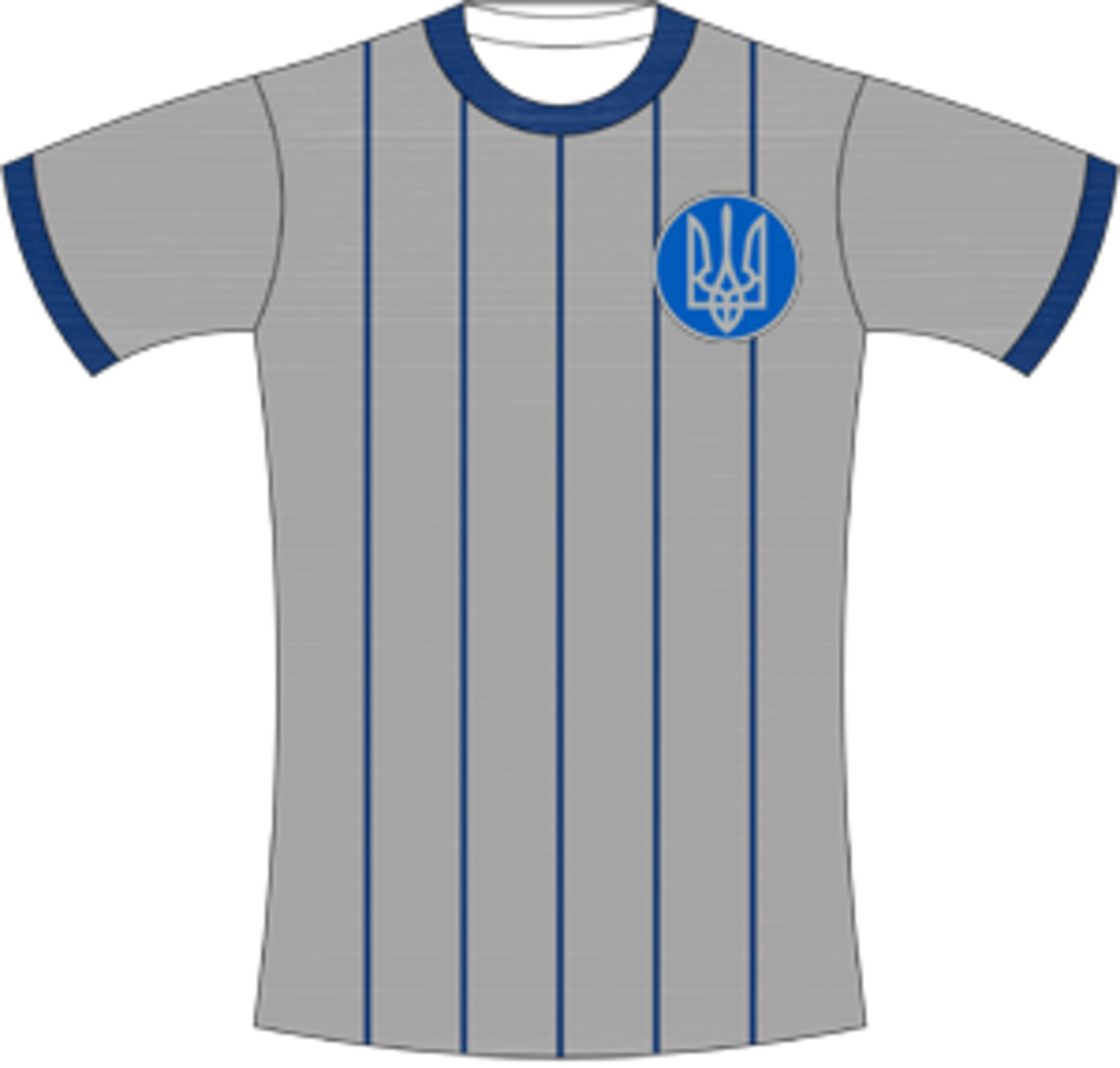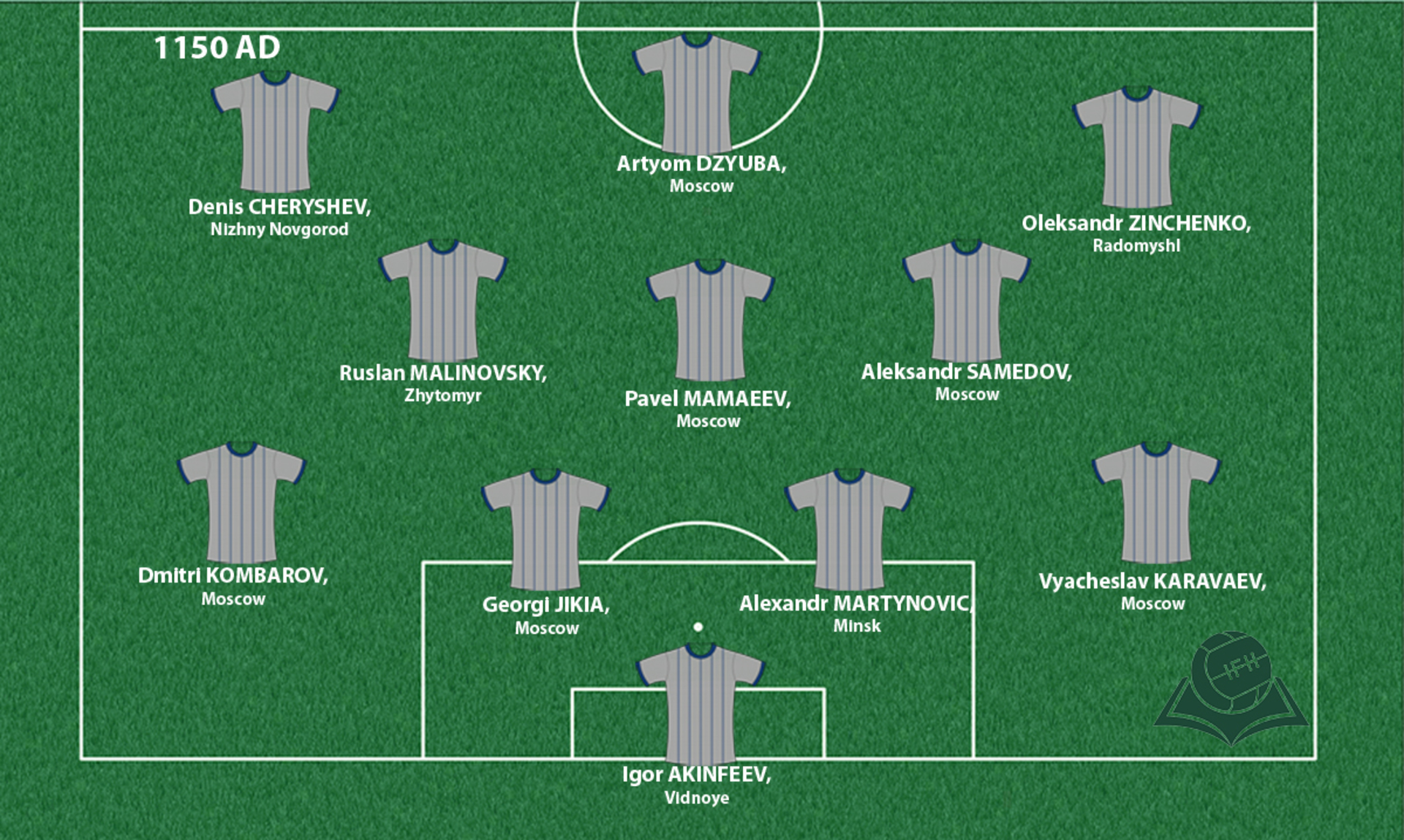Kyivan Rus
Back during the 9th century, in the area around the rivers Volga and Dnieper, Normans or Varangians, led by their leader Rurik had, through force, temporary associations, and alliances, created a vast state with the ruler’s seat in the city Kiev. During its existence it will be known as the Land of the Rus (the term ''Kyivan Rus'' or “Kievan Rus” will only start to be used in the 19th century).

Coat of arms

Shirt
| Position | First name | Last name | Mjesto rođenja | Like | Dislike | |
|---|---|---|---|---|---|---|
| GK | Andrey | LUNEV | Moscow |
7 |
4 |
|
| GK | Denys | BOYKO | Kiev |
6 |
1 |
|
| GK | Igor | AKINFEEV | Vidnoye |
15 |
4 |
|
| DC | Alexandr | MARTYNOVIC | Minsk |
6 |
2 |
|
| DC | Igor | PLASTUN | Kiev |
3 |
1 |
|
| DC | Oleksandr | KUCHER | Kiev |
7 |
1 |
|
| DC | Vasili | BEREZUTSKI | Moscow |
5 |
1 |
|
| DC/DRL | Andrey | SEMENOV | Moscow |
3 |
2 |
|
| DC/DRL | Ivan | NOVOSELTSEV | Moscow |
0 |
1 |
|
| DR | Artem | FEDETSKY | Novovolynsk |
3 |
2 |
|
| DR | Vyacheslav | KARAVAEV | Moscow |
2 |
1 |
|
| DLC/ML | Georgi | JIKIA | Moscow |
3 |
2 |
|
| DL/ML | Georgi | SCHENNIKOV | Moscow |
6 |
4 |
|
| DL/AML | Maxim | VOLODJKO | Minsk |
2 |
1 |
|
| DMC | Roman | EMELJANOV | Pavlovo |
0 |
1 |
|
| MC | Dmitri | TARASOV | Moscow |
2 |
1 |
|
| MC | Pavel | MAMAEEV | Moscow |
4 |
1 |
|
| MC | Ruslan | MALINOVSKY | Zhytomyr |
4 |
1 |
|
| MRC | Aleksandr | SAMEDOV | Moscow |
3 |
1 |
|
| ML/DL | Dmitri | KOMBAROV | Moscow |
4 |
4 |
|
| AMC | Oleg | IVANOV | Moscow |
2 |
1 |
|
| AMRLC | Vyacheslav | PODBEREZKIN | Moscow |
1 |
1 |
|
| MRL/DR | Oleg | GUSEV | Sumy |
4 |
1 |
|
| AMRL | Denis | CHERYSHEV | Nizhny Novgorod |
10 |
1 |
|
| FRLC | Andriy | BORYACHUK | Vinnytsa |
5 |
1 |
|
| FRLC | Pavel | YAKOVLEV | Moscow |
0 |
1 |
|
| FRLC | Roman | ZOZULYA | Kiev |
7 |
1 |
|
| FRLC | Timur | ZHAMALETDINOV | Moscow |
1 |
1 |
|
| FC | Fedor | CHALOV | Moscow |
1 |
1 |
|
| FC | Pylyp | BUDKIVSKY | Kiev |
0 |
1 |
|
| FC/SS | Artyom | DZYUBA | Moscow |
9 |
1 |
|
| AMRL/DL | Oleksandr | ZINCHENKO | Radomyshl |
19 |
1 |
(Today part of: western Russia, central and western Ukraine, Belarus)
It is assumed that the Slavic populace had used the term “Rus” for their Varangian princes and armies, but since the Varangians had soon been Slavicized themselves, and Slavs would enter their armies, “Rus” will come to designate all of the populace of the state. The spreading and strengthening of the name “Rus” onto Slavs comes at the same time due to heir foreign enemies, the Poles, Bulgarians from Kama, the Hazaras, as well as the peoples from the Caucasus, but primarily Byzantium. The state had found itself in the hands of Rurik’s few successors, and the ruler’s very subjects had had their own troupes and subjects. In the 10th century, the elites had accepted the Greek form of Christianity which, due to the state’s hierarchical conformation, had been an important instrument of the prince’s secular power and his rule over his vassals. The society had been Christianized on the command of its political elites, but it had retained its pagan conscience for centuries to come.
The rule of the “Grand Prince” represents, in its essence, a military rule and it, as was the case in the rest of Europe as well, had been justified using passages from the Bible, meaning that it was interpreted as a sign of God’s will. At the end of the 11th century the dynasty was divided, and new powers emerged: powerful principalities around the centers of Vladimir-Suzdal, Galich, Polock-Minsk, Pereyaslav, Chernihiv, Mura-Rjzan, Smolensk, and Novogorod. In the 11th and 12th century, the state existed in the conditions of a permanent disorder, and as such, it collapsed under the incursions of the Tatars, who conquered Kiev in 1240 AD, so its center, from then on, started moving towards the north – to Moscow.
Sources
- Felipe FERNANDEZ-ARMESTO, Narodi Europe, Zagreb, 1997.
- Grupa autora, Povijest: Razvijeni srednji vijek , knjiga VII., Zagreb 2008.
- Kotljar, V. Kravčenko, V. Holodnyc'kyj,. L. Kovpak: Rus’, Rusy, Rusyni u: Zakarpats'ka Ukrajina: povijest – tradicija – identitet (Priredio Jevgenij Paščenko, Zagreb: Hrvatsko-ukrajinsko društvo, 2013., 19-21
- ''Kievan Rus'', https://en.wikipedia.org/wiki/Kievan_Rus%27
- Coat of arms based on: https://www.lydialithos.org/en/the-first-coins-in-the-territory-of-rus-9th-11th-century/
